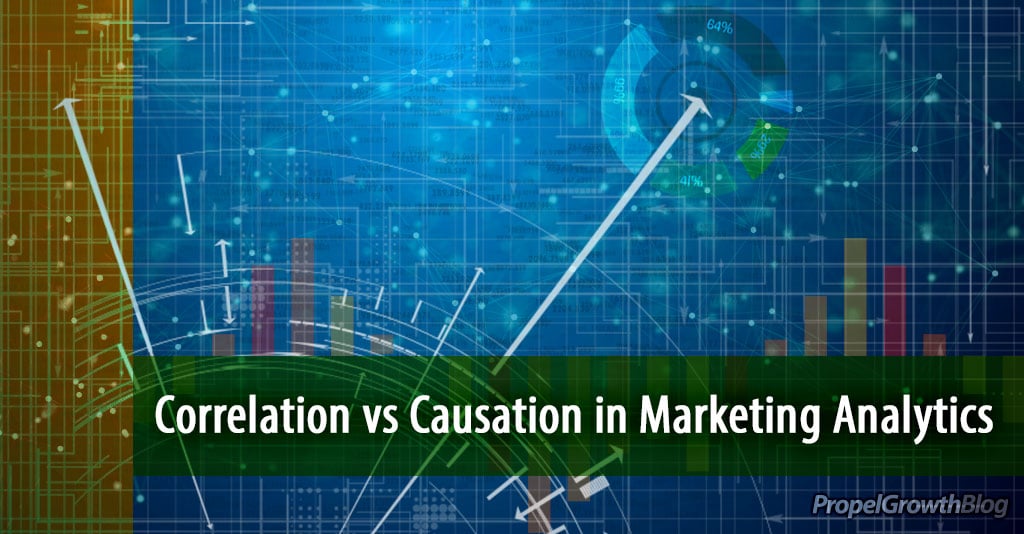
The following is a guest post by Adam Hutchinson, Senior Marketing Manager at Socedo.
If you’re like us, you face the same problem every time you sit down to create a marketing plan, whether it’s for the next campaign, the next quarter, or the next year: you don’t know which activities are bringing in the results.
Sure, you might have an attribution model in place. For example, our marketing team tracks both first-touch and last-touch sources for new MQLs and Opportunities. However, we know that our marketing channels don’t exist in silos. On the contrary, we try to present a unified brand message across the web because we know prospects might interact with our message in several different places before they even hit our website.
We know social media might only drive 10% of our form fills directly, but what about all the people who saw our promotional Tweets, then searched our brand on Google? What about the people who watched one of our YouTube videos before checking our G2Crowd profile?
Measuring the Impact of Social Media on Traffic
We had a hunch that the more we grew our social presence, the more organic traffic came to our website. We also knew that, in the months when we had de-emphasized social media and posted less, our homepage traffic dropped drastically.
So, we ran an analysis comparing the total engagements we had on social media (likes, clicks, and shares) with the direct and organic search traffic to our homepage, month-over-month for the past eighteen months.
The results surprised us. Growth in social engagements has a very strong correlation in direct and organic search traffic to our homepage. In fact, these two metrics have a 0.91 correlation coefficient. 0.5 is considered a moderate correlation. 1.0 is the highest. Clearly, we were on to something.
The results went further than traffic, though. We also found that social engagements have a 0.83 correlation with trial signup MQLs.
With such a strong correlation, we felt confident enough to make growing social engagements a core part of our strategy to grow traffic and leads. However, the skeptical voices, both from the people around us and our own guts, urged caution. After all, as the old adage says, “correlation is not equal to causation.”
Taking a step back, though, it’s tough to find a way to prove causation in marketing. In fact, it’s impossible.
Correlation Covers What Causation Misses
Multi-touch attribution only covers trackable actions, and even a sophisticated integration with social listening tools will miss out on leads who viewed a video, saw but didn’t click a tweet, or messaged their colleague before converting. Furthermore, new privacy laws and user behavior such as ad-blocking prohibit marketers from tracking every single event.
Even in the most trackable channels like paid search and email, you don’t know all the factors that are influencing a buyer, whether they saw another ad three months ago or read an article mentioning your brand in a trade journal.
In some ways, correlation analysis is the only way to compare all spend and channels equally.
Marketers are really looking for logical correlations that prove themselves over time. It does make sense that more social engagements, leading to greater reach and more brand awareness, drives more organic traffic to our website.
While other variables may be at play, it’s clear that not growing social engagements is not an option if we want to grow traffic. At the end of the day, a marketing mix is a mix, and channels with strong correlations to down-stream metrics like traffic, leads, and conversions should merit your attention.
Other Content of Interest
Account-Based Selling and How It Can Help Your Sales Team
How Socedo Empowered Their SDR Team to Score Appointments and Sales-ready Leads
Training and Equipping a BDR Sales Team For Success with Liz Cain, Episode 015
![]()






